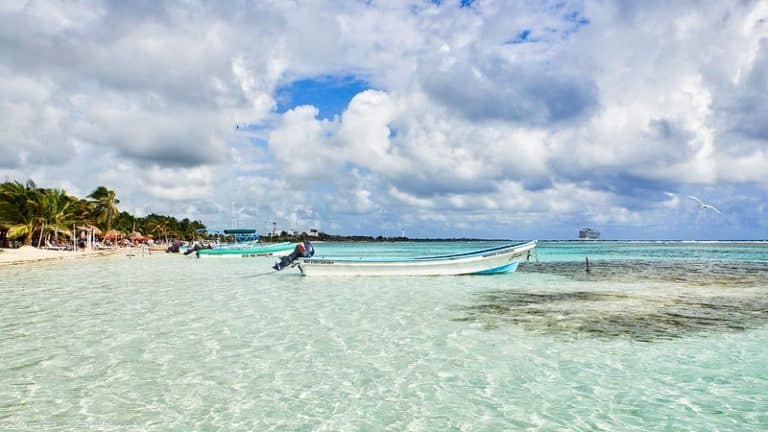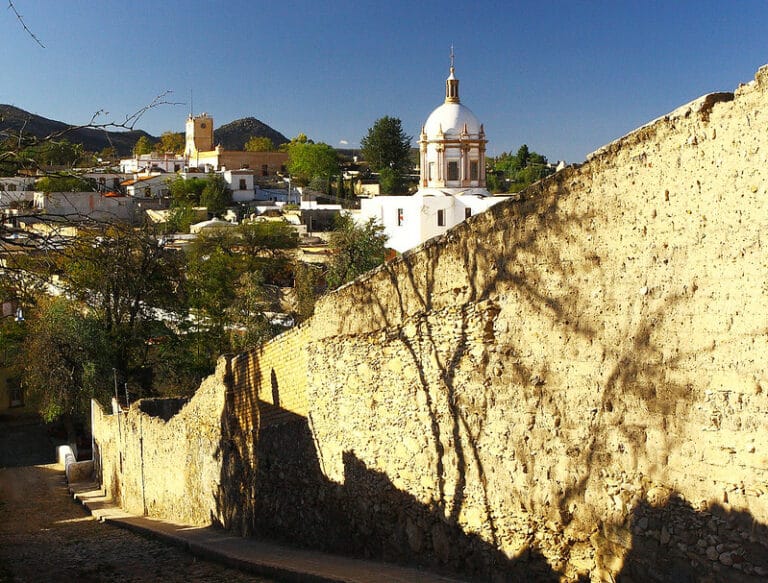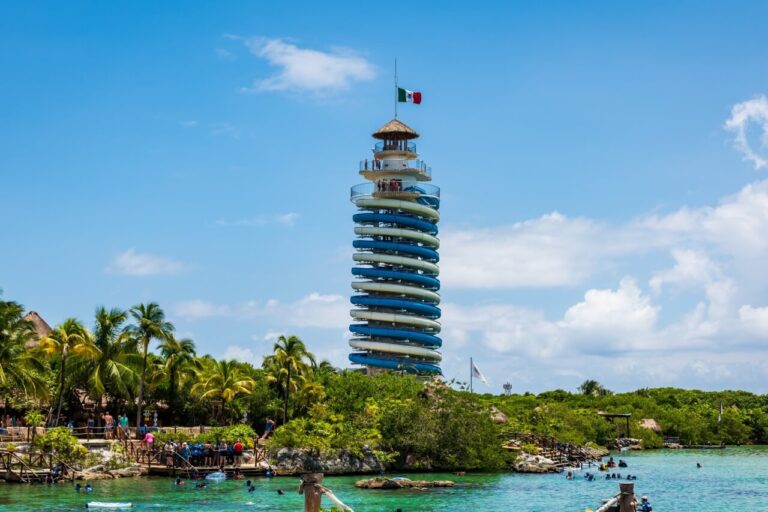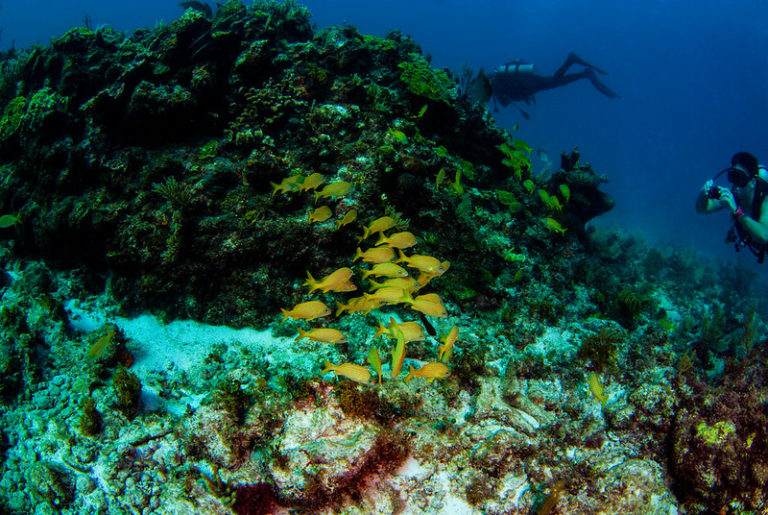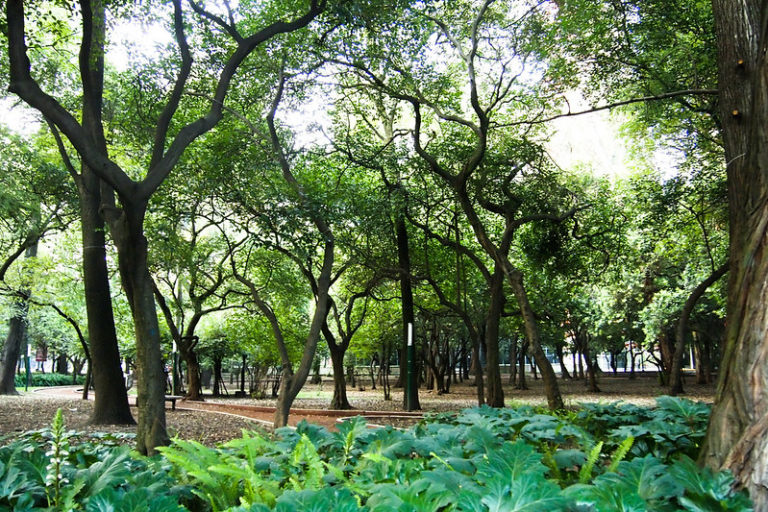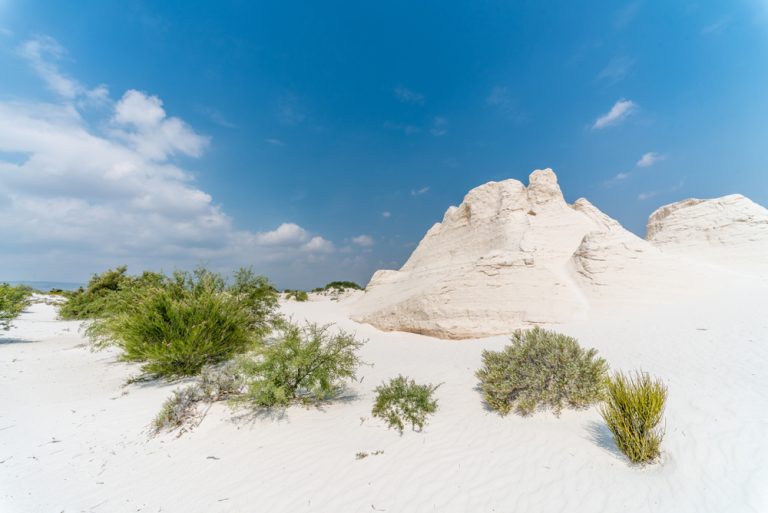Xilitla, San Luis Potosi: Nature’s Wonderland in the Heart of Mexico
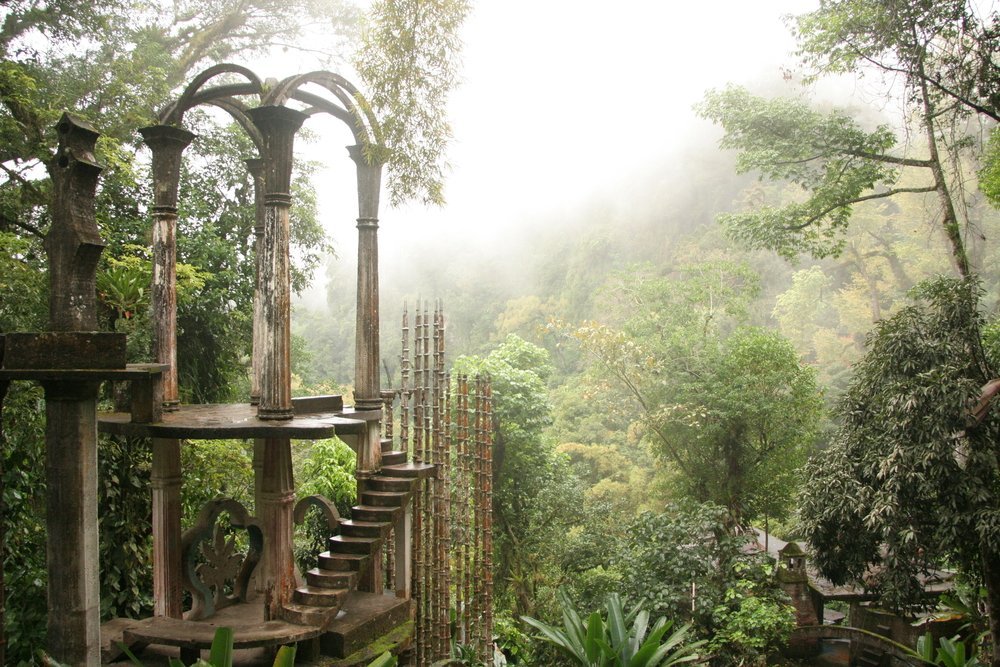
Xilitla, San Luis Potosi: Nature’s Wonderland in the Heart of Mexico
The Magical Town of Xilitla Mexico is mainly known for the Edward James Las Pozas Surrealist Garden, its No. 1 attraction.
But apart from the garden, Xilitla, and its nearby municipalities and places, you will find many other natural, architectural, and culinary sites that will make your trip to this area unforgettable. Trust me.
Where is Xilitla?
Xilitla is a municipality and Magical Town in San Luis Potosi (state), located in the southwestern part of the Mexican district in the territory called Huasteca Potosina.
It is 600 meters above sea level and is the rainiest municipality in San Luis Potosi.
The municipal seat of Xilitla is 470 km from Mexico City. The distance between San Luis Potosí city and Xilitla is 350 kilometers.
This Magical Town has become a reference for those traveling through the Huasteca Potosina.
Its rainy climate, lush vegetation, fertile lands, and water (lots of water) fall from the sky and flow in thousands of streams and waterfalls, accumulating in refreshing pools.
It is a territory that has changed very little since industrial presence has been deficient.
There are low plains, and there are also high mountain areas above 2,500 meters above sea level.
Background
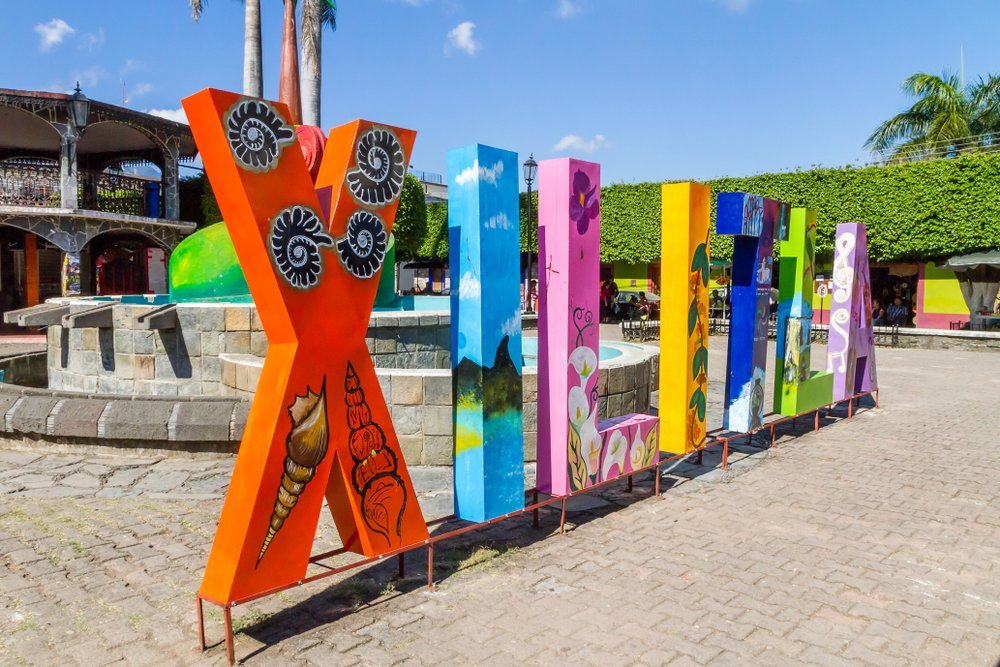
“Xilitla” is a pre-Columbian word that, according to the most popular version, is derived from the Nahuatl word “zilliy,” meaning something like “place of snails” or “place of small snails.”
A second version indicates that the word “Xilitla” means “place of crayfish.”
The colonial history of Xilitla began around 1537 when a group of evangelists from the Order of St. Augustine started their travels through the foothills of the Sierra Madre Oriental, trying to convert the indigenous people to the Christian faith.
Fray Antonio de la Roa was the first Spaniard to spread the Gospel in the territory of today’s Xilitla, and miraculous deeds are attributed to him.
The convent of San Agustín de Xilitla was finished in 1557, serving at the same time as a temple, a place of seclusion, and a fortress of protection against the incursions of the Chichimecas.
Top Things to Do in Xilitla Mexico
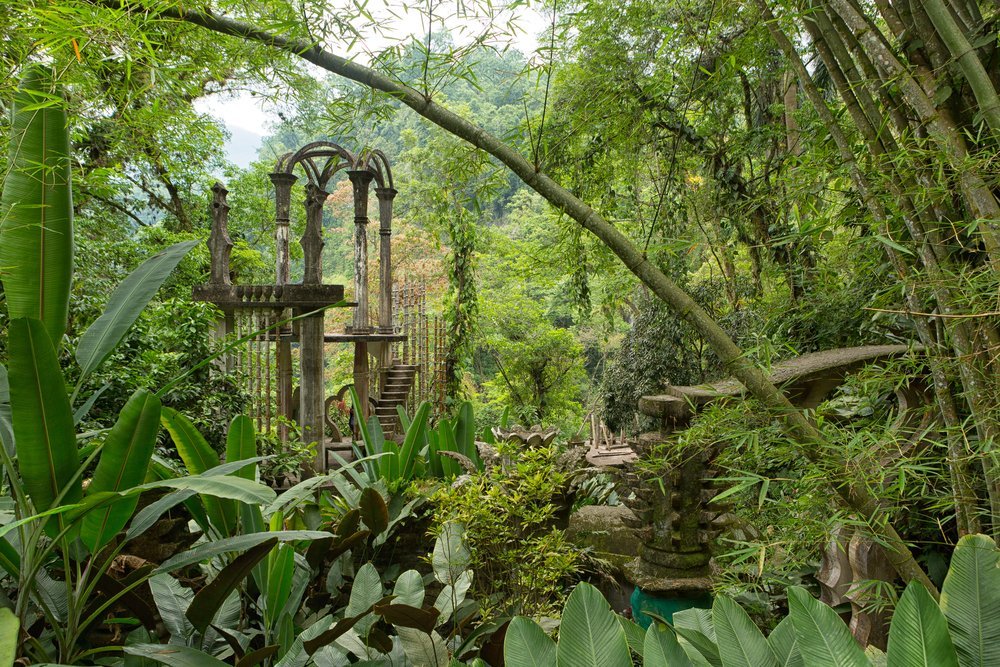
Again, the main attraction of Xilitla is the Edward James Las Pozas Surrealist Garden.
A beautiful property of about 400 thousand square meters that is both an immense garden and an open-air art gallery, whose works and constructions were built by the British artist and millionaire Edward James.
Recommended hotel in Xilitla: Villa Café y Arte – Xilitla Rainforest Experience
In addition to the garden, Xilitla has other architectural and natural attractions ideal for strolling and observing nature.
Who was Edward James?
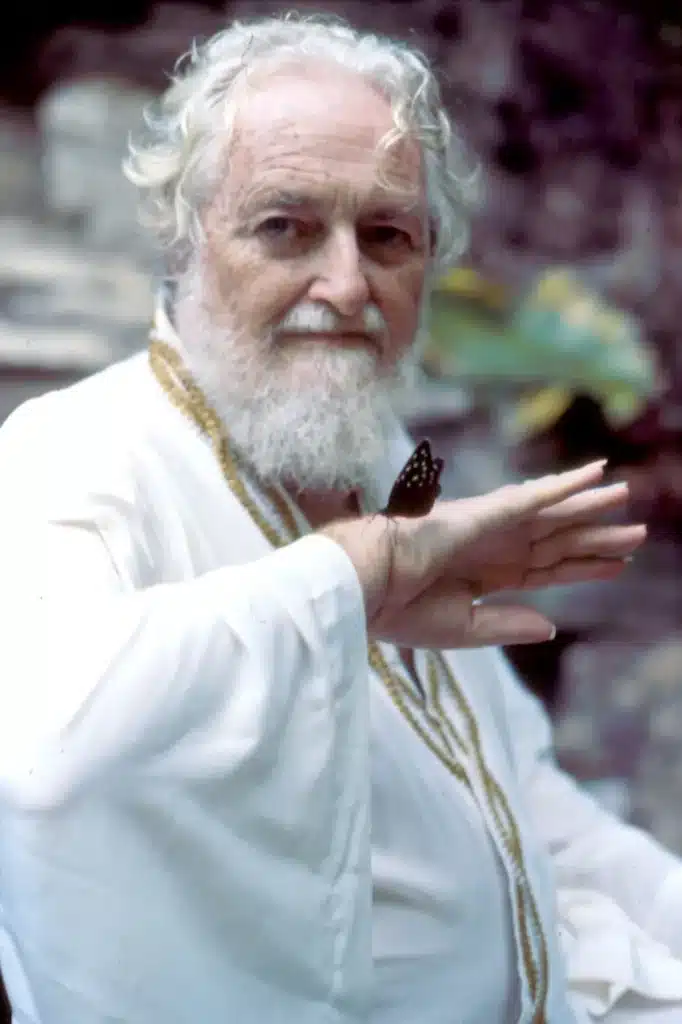
He was a wealthy artist from birth after inheriting an immense fortune amassed by his father, William Dodge James, a railroad magnate, well known in high British circles and a personal friend of King Edward VII, whom he honored by naming his only son Edward.
Edward James was a patron and friend of great artists in their beginnings, such as Salvador Dalí, René Magritte, and Pablo Picasso.
Was James a surrealist?
Yes, James embraced surrealism, the artistic trend in vogue in his youth, first as a poet, writing verses that he published in a magazine financed by himself, and then as a visual artist, after meeting and forging friendships with the great artists who promoted this school of art.
Edward James appears in some portraits and masterpieces painted by Salvador Dalí and René Magritte.
Why did he make his Surrealist Garden in Mexico?
Finding himself in a Europe devastated by World War II, with an immense fortune to spend and little to do, Edward James came to America, first living for a time in California.
He had come from Europe with the idea of building a kind of earthly paradise in which to live and began to search for his dream territory.
His friend, the surrealist artist Bridget Bate Tichenor, whom he met in Hollywood, recommended that he look for his corner of Eden in Mexico.
After arriving in Mexico, James met a Yaqui telegrapher named Plutarco Gastélum in Cuernavaca.
Someone had told James that in Xilitla, in the Huasteca Potosina, orchids and other flowers grew with fantastic ease.
Edward James toured the Huasteca with Plutarco Gastélum as his guide and was enchanted with Xilitla, buying a 40-hectare plot of land in the mid-1940s, where he began to build his garden in the 1960s.
The Xilitla Garden
The garden is a vast space of plants, flowers, forests, streams, paths, and pools.
It is called Las Pozas (The Pools) because of the large number of these small bodies of water in the area.
There are 36 large surrealist constructions and sculptures scattered throughout the property.
Among the following:
- The three-story structure “that could be five”
- The bedroom with a whale-shaped roof
- Stairway to heaven
- Don Eduardo’s house
- The cinema
- The house of the peristyles
- The aviary
- The summer palace
- The terrace of the tigers
Types of artwork in the garden
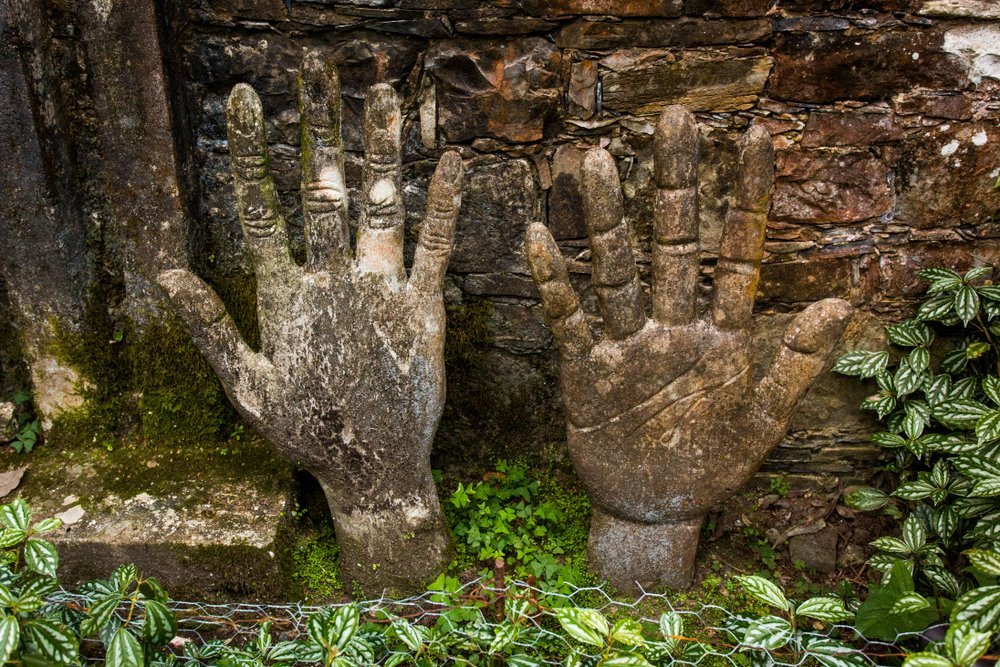
Artistic constructions are a mixture of architectural and sculptural art.
They have many empty spaces and are interrupted, giving the impression that they are unfinished works.
Edward James believed that the only way for a work of art to retain or enhance its artistic value was to leave it unfinished so that it could continue to grow in space and time.
Most were cast in concrete with the help of workers from Xilitla. Architecturally, they are inspired by Mesopotamian, Egyptian, and Gothic art.
Lodging options in Xilitla Mexico
Among the most recommended accommodations by visitors to Xilitla is Villa Café y Arte – Xilitla Rainforest Experience
In keeping with the town’s main attraction, the Surrealist Garden, the Hostal del Café has a pleasant garden and offers the warmth of attention provided by its owners.
Posada el Castillo is a hotel and a museum about Edward James and his stay in Xilitla, with an exhibition of some of the surrealist artist’s photos and documents.
The exhibit also includes some of the tools used to construct the garden.
The inn-museum is next to the former home of Plutarco Gastélum in Xilitla.
Other attractions near Xilitla
As I said before, Xilitla is a quiet Huastecan town that breathes the pure air that comes down from the forests and coffee plantations of the highlands.
Its main attractions are integrated into the surrounding nature.
A cultural jewel of Xilitla is the temple and former convent built by the Augustinians in the mid-sixteenth century, the first religious building in the current state of San Luis Potosi.
The convent complex managed to resist five centuries of wars, in the midst of which it was devastated, mutilated, and abandoned, but always found a way to survive to be today the primary historical testimony of Xilitlense.
Visit Aquismon
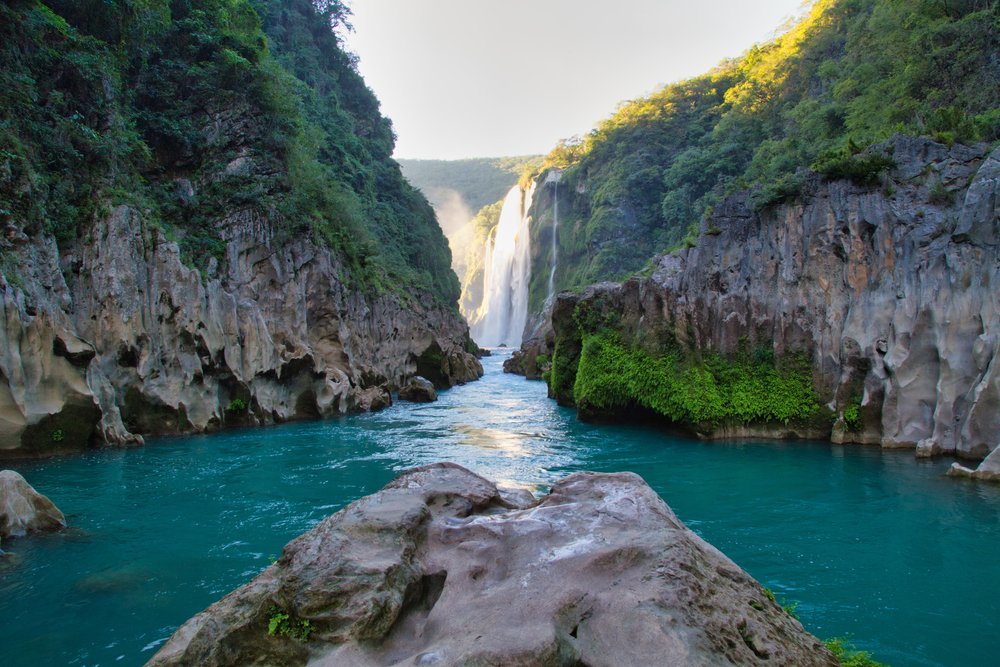
Xilitla borders Aquismón to the north.
This municipality is home to the well-known Sótano de las Golondrinas, a karstic cave recently discovered in 1966, considered by specialists as the most beautiful vertical cavern on the planet.
It is over 500 meters deep and is a sanctuary for birds, mainly swifts.
Another great attraction in Aquismón is the Tamul Waterfall, which, at 105 meters high, is the largest in San Luis Potosí.
Ciudad Valles
Ciudad Valles is located 90 kilometers from Xilitla.
It’s a town with a good infrastructure of tourist services, the reason why many people interested in knowing the Huasteca Potosina stay there, making daily trips and returning to the base.
Also nearby are the sulfurous hot springs of Taninul.
Among its natural attractions are the Micos Waterfalls, a series of staggered waterfalls frequented by extreme sports enthusiasts.
What is there in Tamtoc?
Another place close to Xilitla is Tamtoc, an archaeological site located in the municipality of Tamuín.
Tamtoc was one of the great urban centers of the Huastecan civilization in San Luis Potosí.
Among the main structures at the site are El Tizate, Paso Bayo, believed to be a religious building; El Corcovado, a circular structure probably dedicated to trading and mass gatherings; and the Venus of Tamtoc, a female sculpture also called The Scarified Woman.
Visit Tamasopo
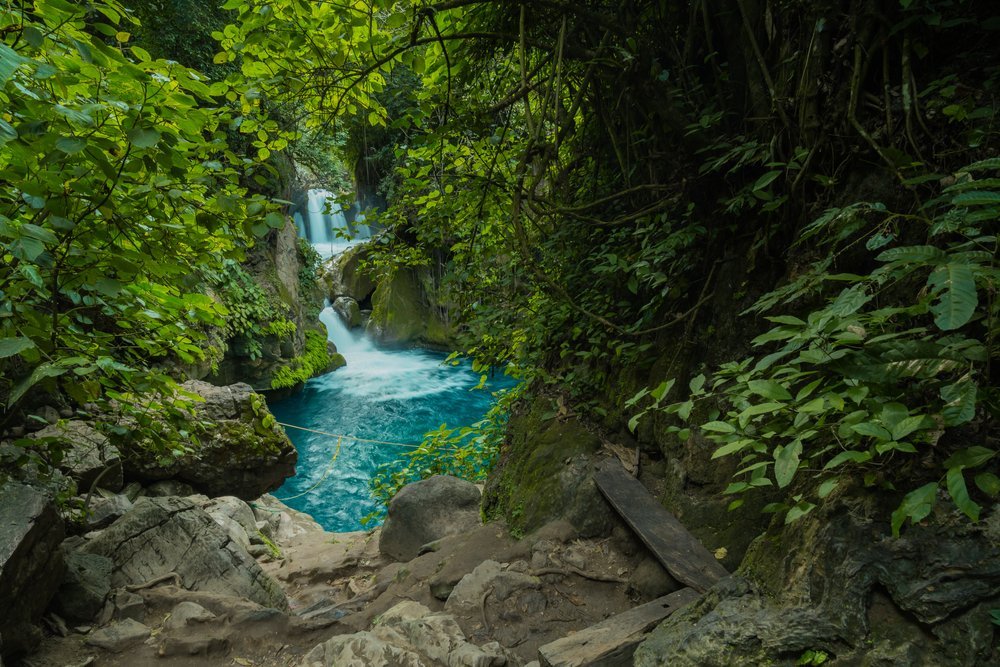
Tamasopo is 140 kilometers from Xilitla by the same route as Ciudad Valles.
It is worth going to this municipality to admire its waterfalls, formed by the Tamasopo River.
El Puente de Dios is a waterfall with a cavern in which the sun’s rays, in contact with the stream’s waters, create a beautiful effect on the stalactites, stalagmites, and other formations of the cavity.
Another place of interest is the Ciénaga de las Cabezas, an ecosystem inhabited by interesting fauna species.
Xilitla Mexico: Enjoy the local festivities
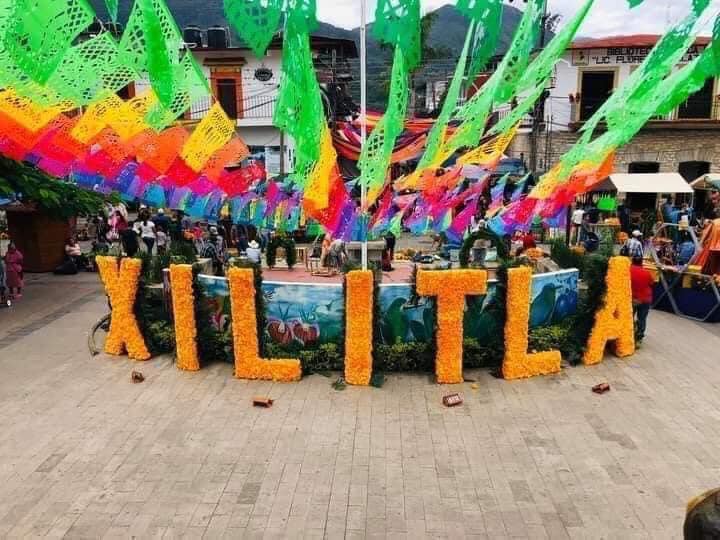
The town’s patron saint is San Agustín de Hipona, venerated in the temple of the XVI century that is the central architectural and historical jewel of Xilitla.
St. Augustine’s Day is celebrated on August 28, the day of the saint’s death in the ancient Numidian city of Hippo Regius in 430 AD.
The fair of San Agustín de Xilitla takes place between the end of August and the beginning of September.
Occasionally, Xilitla hosts meetings and Huastecan festivals dedicated to the cultural manifestations of the different towns and states of the Huasteca region.
Gastronomy
The most iconic dish in Xilitla is zacahuil, a delicacy that is the star of Huastecan cuisine.
It is prepared by filling a huge corn dough tamale with a mixture of meats. Pork and chicken are most commonly used.
The meat is seasoned with chiles, aromatic herbs, and other ingredients from the fertile lands of Xilitla.
The tamale is then wrapped in the leaves of a plant similar to the banana tree and cooked.
Other gastronomic options are chicken broth with avocado, bocoles and enchiladas potosinas.
Where to eat
In Xilitla Mexico you have different options to taste Potosí and international food.
- La Huastequita is a simple establishment that offers Huastecan food, being highly recommended the enchiladas typical of the region
- Querreque is located in Xilitla’s central plaza, and there are excellent opinions about some of its dishes, such as the chicken with peanut sauce
- Los Cayos restaurant is known for its enchiladas con cecina (beef jerky)
- Other dining options in Xilitla are Ambar, Las Pozas, and La Condesa
Xilitla’s coffee
The mountains of the Huasteca Potosina present the appropriate conditions of altitude, humidity, and shelter for the production of coffee.
Coffee plantations surround Xilitla, and part of the beans harvested in the foothills of the mountains are processed in the same municipality to be enjoyed by tourists in restaurants and cafes.
Every Xilitlenses home has the aroma of fresh coffee, and the locals look for any excuse to chat over a steaming infusion.
If you want to buy something authentically Xilitlense, take a package of artisan coffee with you.
What sports can I practice in Xilitla?
The topography and hydrography of Xilitla and its nearby municipalities offer terrestrial spaces and water courses appropriate for practicing a great variety of entertainment and sports, both normal and extreme.
In the streams’ steepest and most powerful sectors, rafting can be practiced, and in the basements and caverns, rappel and climbing enthusiasts have exciting challenges.
Of course, there are more classic, safe, not-so-adrenaline-rich options for hiking and mountain biking.
I hope this guide to Xilitla contains everything you need to know to have a happy stay in this Magical Huastecan Town.

